



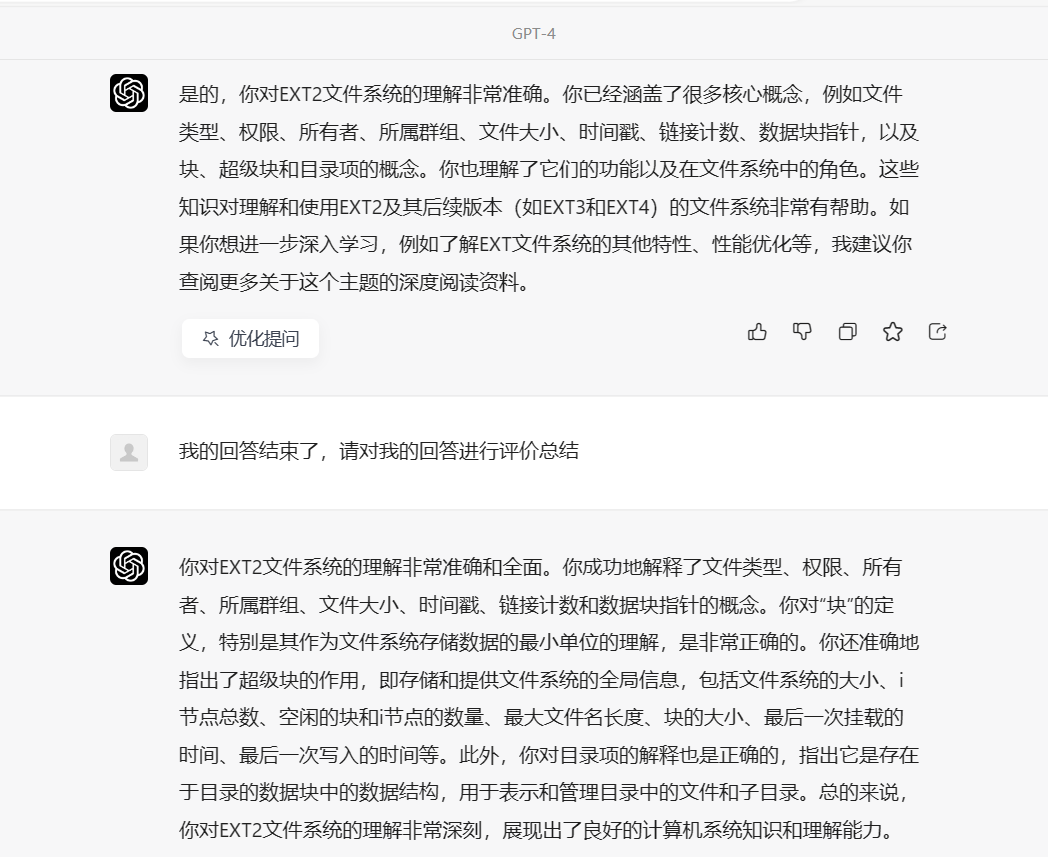
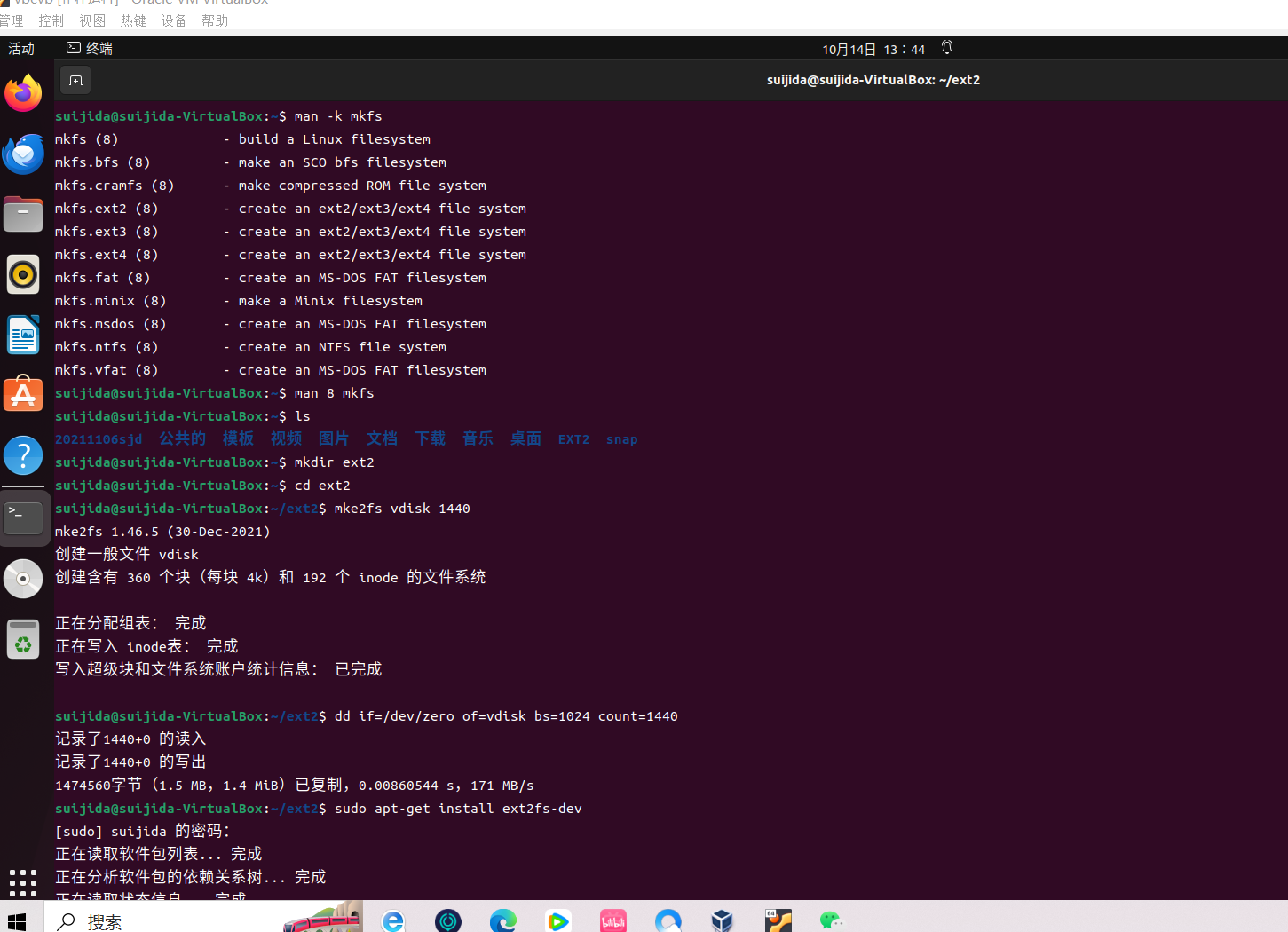
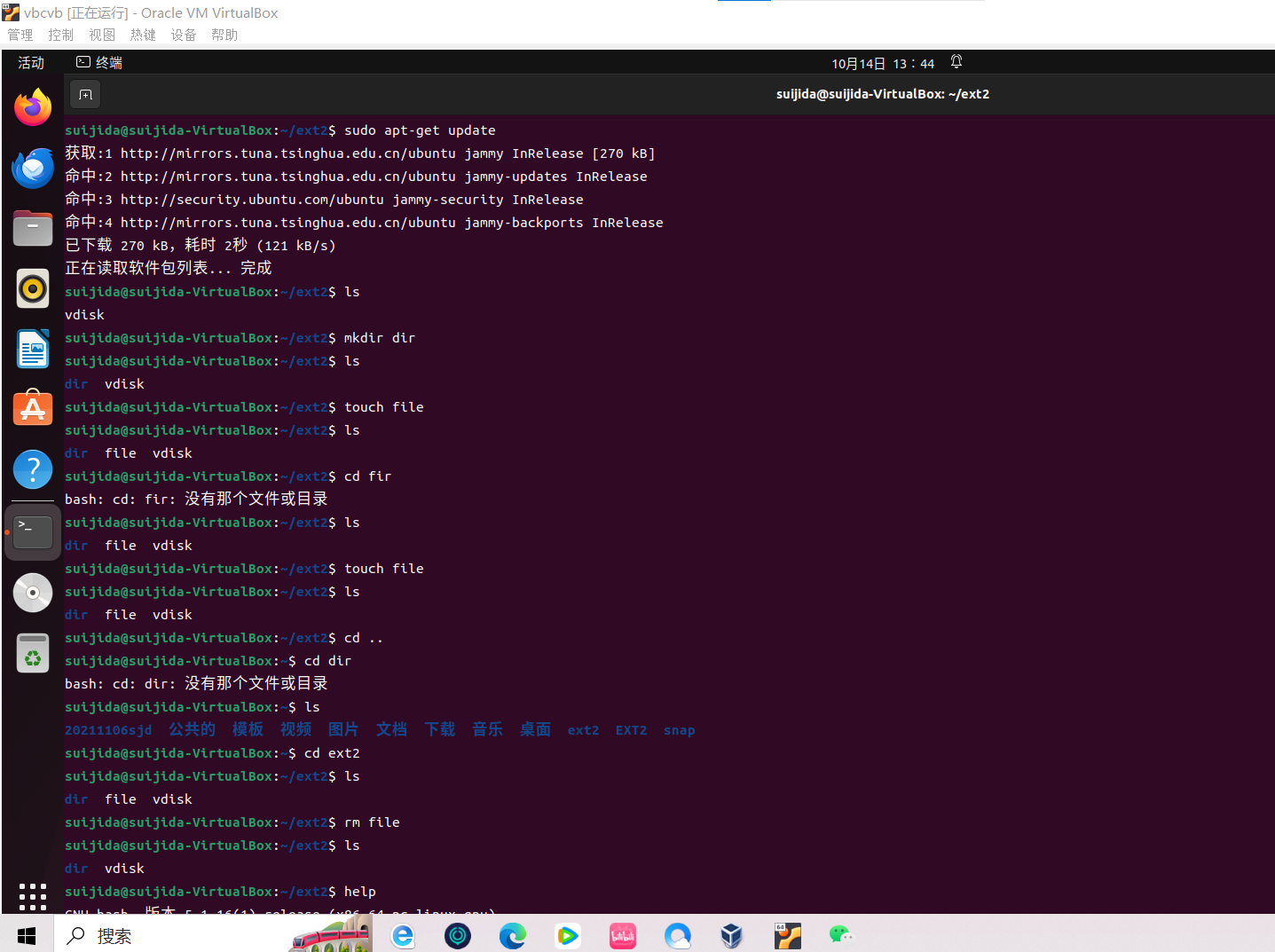
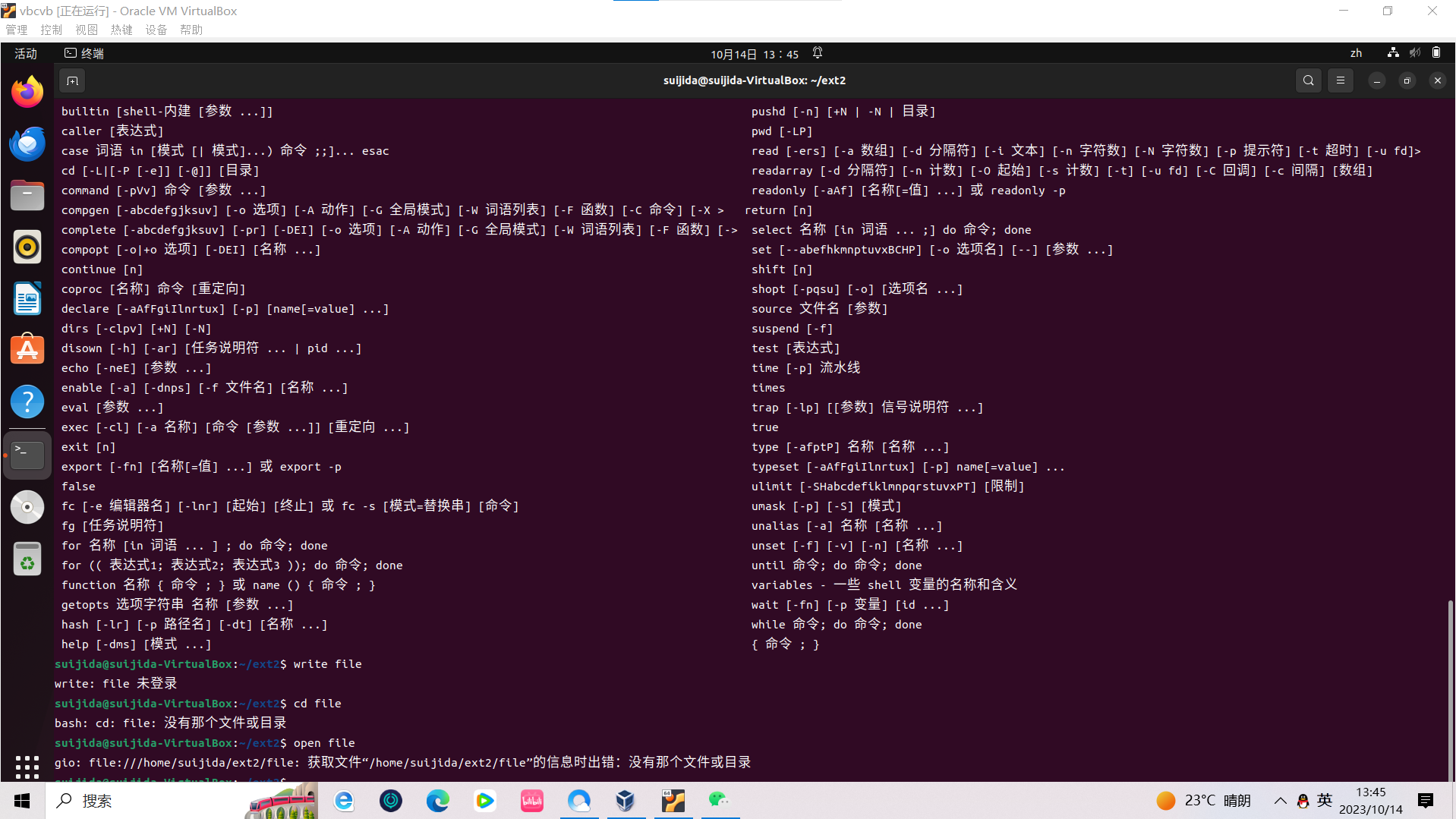
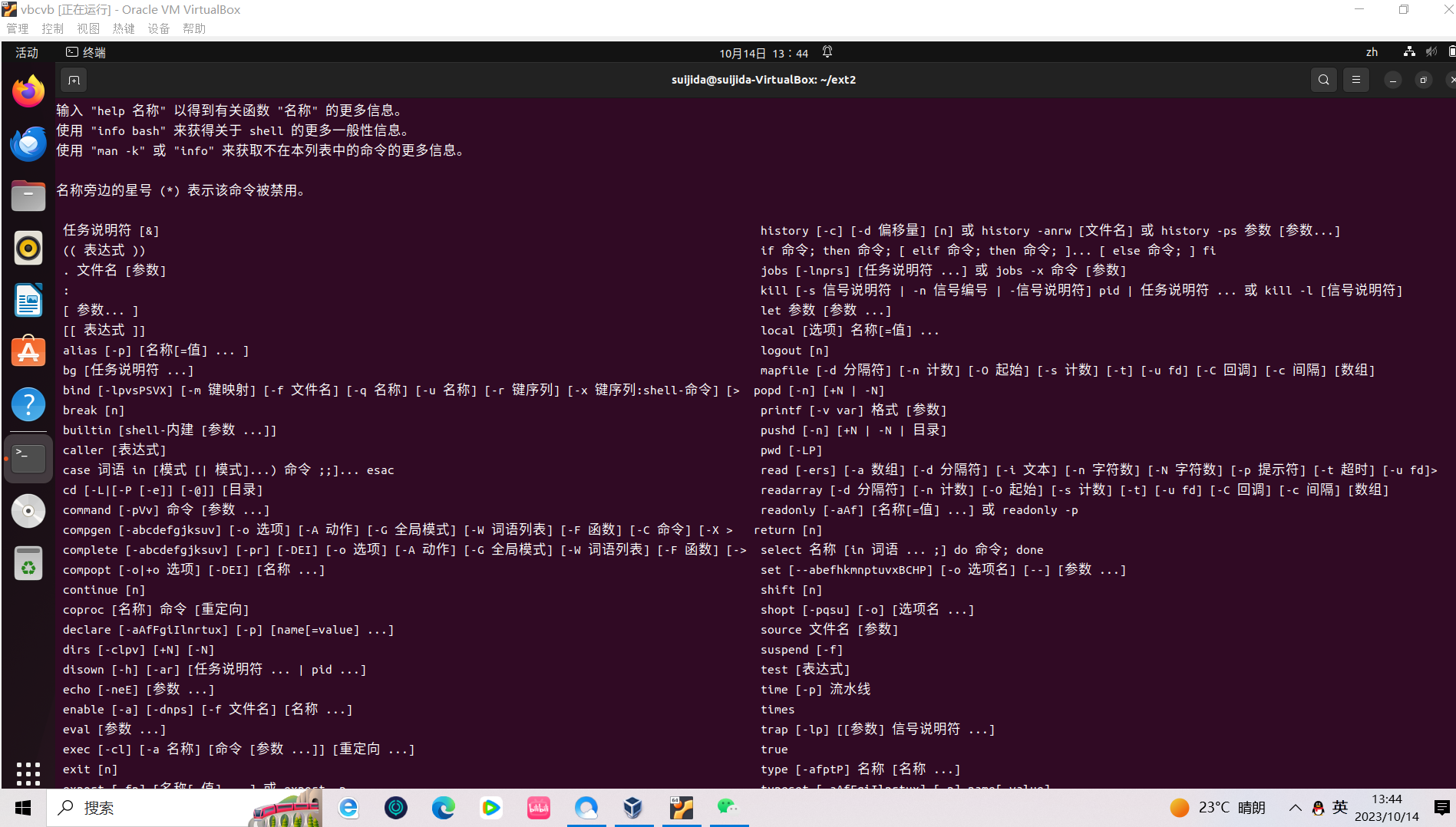
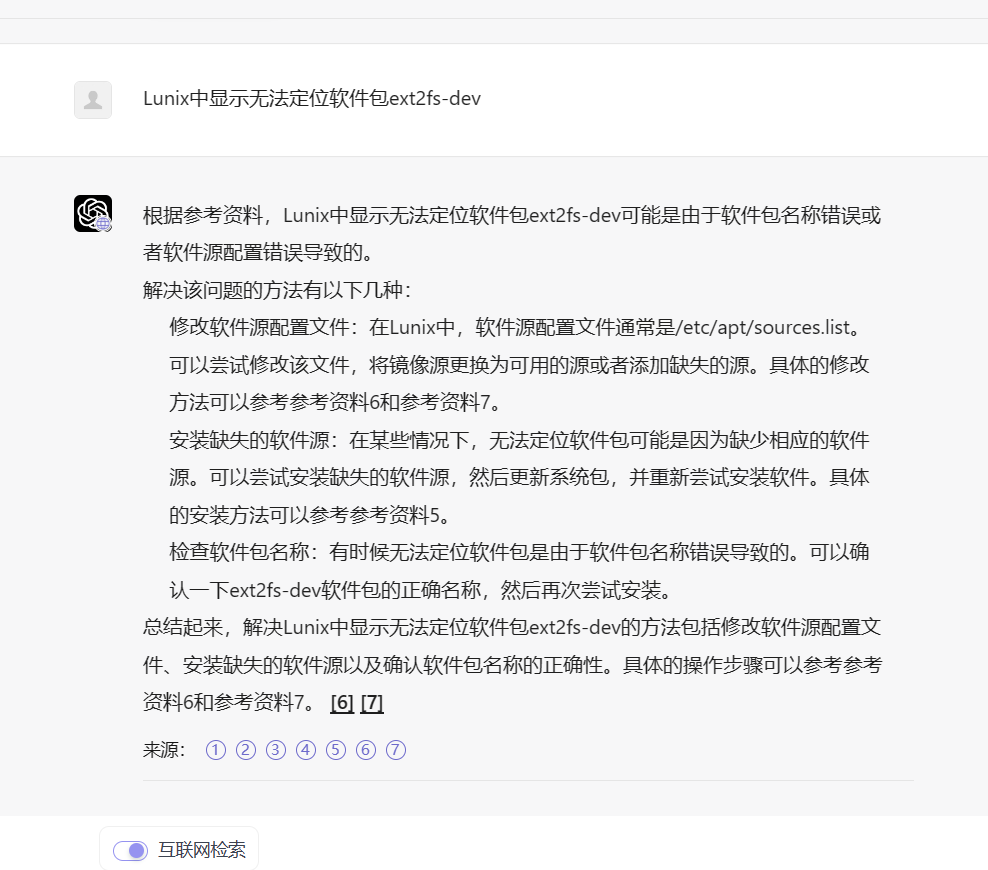
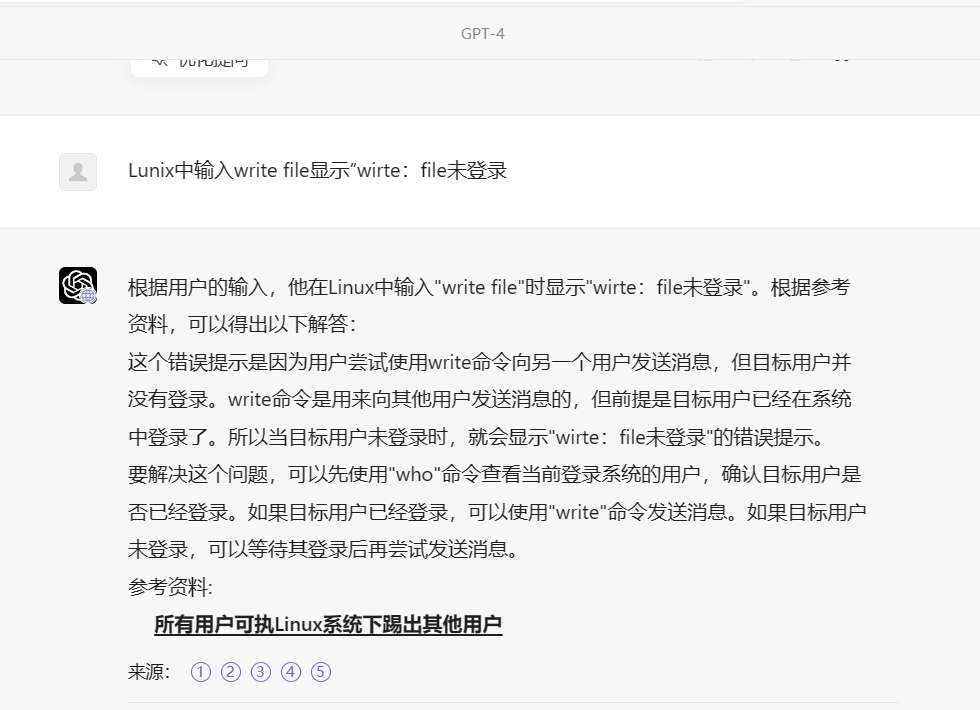
define VOLUME_NAME "EXT2FS" //卷名#define BLOCK_SIZE 512 //块大小#define DISK_SIZE 4612 //磁盘总块数
define DISK_START 0 //磁盘开始地址#define SB_SIZE 32 //超级块大小是32B
define GD_SIZE 32 //块组描述符大小是32B#define GDT_START (0+512) //块组描述符起始地址
define BLOCK_BITMAP (512+512) //块位图起始地址 2512#define INODE_BITMAP (1024+512) //inode 位图起始地址 3512
define INODE_TABLE (1536+512) //索引节点表起始地址 4*512#define INODE_SIZE 64 //每个inode的大小是 64B#define INODE_TABLE_COUNTS 4096 //inode entry 数
define DATA_BLOCK 264192 //数据块起始地址 4512+409664#define DATA_BLOCK_COUNTS 4096 //数据块数
define BLOCKS_PER_GROUP 4612 //每组中的块数
define USER_MAX 4 //用户个数#define FOPEN_TABLE_MAX 16 //文件打开表大小
struct super_block { // 32 B char sb_volume_name[16]; //文件系统名 unsigned short sb_disk_size; //磁盘总大小 unsigned short sb_blocks_per_group; // 每组中的块数 unsigned short sb_size_per_block; // 块大小 char sb_pad[10]; //填充};
struct group_desc { // 32 B char bg_volume_name[16]; //文件系统名 unsigned short bg_block_bitmap; //块位图的起始块号 unsigned short bg_inode_bitmap; //索引结点位图的起始块号 unsigned short bg_inode_table; //索引结点表的起始块号 unsigned short bg_free_blocks_count; //本组空闲块的个数 unsigned short bg_free_inodes_count; //本组空闲索引结点的个数 unsigned short bg_used_dirs_count; //组中分配给目录的结点数 char bg_pad[4]; //填充(0xff)};
struct inode { // 64 B = 6 * 2B + 5 * 4B + 16B + 16B unsigned short i_mode; //文件类型及访问权限 unsigned short i_blocks; //文件所占的数据块个数(0~7), 最大为7 unsigned short i_uid; //文件拥有者标识号 unsigned short i_gid; //文件的用户组标识符 unsigned short i_links_count; //文件的硬链接计数 unsigned short i_flags; //打开文件的方式 unsigned long i_size; //文件或目录大小(单位 byte) unsigned long i_atime; //访问时间 unsigned long i_ctime; //创建时间 unsigned long i_mtime; //修改时间 unsigned long i_dtime; //删除时间 unsigned short i_block[8]; //直接索引方式 指向数据块号 char i_pad[16]; //填充(0xff)};
struct dir_entry { // 16 B unsigned short inode; //索引节点号 unsigned short rec_len; //目录项长度 unsigned short name_len; //文件名长度 char file_type; //文件类型(1 普通文件 2 目录.. ) char name[9]; //文件名};
struct user { char username[10]; char password[10]; unsigned short u_uid; //用户标识号 unsigned short u_gid;}User[USER_MAX];
extern void initialize_user(); //初始化用户extern int login(char username[10], char password[10]); //用户登录extern void initialize_memory(); //初始化内存extern void format(); //格式化文件系统extern void cd(char tmp[100]); //进入某个目录,实际上是改变当前路径extern void mkdir(char tmp[100], int type); //创建目录extern void cat(char tmp[100], int type); //创建文件extern void rmdir(char tmp[100]); //删除一个空目录extern void del(char tmp[100]); //删除文件extern void open_file(char tmp[100]); //打开文件extern void close_file(char tmp[100]); //关闭文件extern void read_file(char tmp[100]); //读文件内容extern void write_file(char tmp[100]); //文件以覆盖方式写入extern void ls(); //查看目录下的内容extern void check_disk(); //检查磁盘状态extern void help(); //查看指令extern void chmod(char tmp[100], unsigned short mode); //修改文件权限
static struct super_block sb_block[1]; // 超级块缓冲区static struct group_desc gdt[1]; // 组描述符缓冲区static struct inode inode_area[1]; // inode缓冲区static unsigned char bitbuf[512] = {0}; // block位图缓冲区static unsigned char ibuf[512] = {0}; // inode位图缓冲区static struct dir_entry dir[32]; // 目录项缓冲区 32*16=512static char Buffer[BLOCK_SIZE]; // 针对数据块的缓冲区
// 写超级块static void update_super_block() { fp = fopen("./Ext2", "rb+"); fseek(fp, DISK_START, SEEK_SET); fwrite(sb_block, SB_SIZE, 1, fp); fflush(fp); //立刻将缓冲区的内容输出,保证磁盘内存数据的一致性}
// 读超级块static void reload_super_block() { fseek(fp, DISK_START, SEEK_SET); fread(sb_block, SB_SIZE, 1, fp);//读取内容到超级块缓冲区中}
// 写组描述符static void update_group_desc() { fp = fopen("./Ext2", "rb+"); fseek(fp, GDT_START, SEEK_SET); fwrite(gdt, GD_SIZE, 1, fp); fflush(fp);}
// 读组描述符static void reload_group_desc() { fseek(fp, GDT_START, SEEK_SET); fread(gdt, GD_SIZE, 1, fp);}// 写 block 位图static void update_block_bitmap() { fp = fopen("./Ext2", "rb+"); fseek(fp, BLOCK_BITMAP, SEEK_SET); fwrite(bitbuf, BLOCK_SIZE, 1, fp); fflush(fp);}
// 读 block 位图static void reload_block_bitmap() { fseek(fp, BLOCK_BITMAP, SEEK_SET); fread(bitbuf, BLOCK_SIZE, 1, fp);}
// 写 inode 位图static void update_inode_bitmap() { fp = fopen("./Ext2", "rb+"); fseek(fp, INODE_BITMAP, SEEK_SET); fwrite(ibuf, BLOCK_SIZE, 1, fp); fflush(fp);}
// 读 inode 位图static void reload_inode_bitmap() { fseek(fp, INODE_BITMAP, SEEK_SET); fread(ibuf, BLOCK_SIZE, 1, fp);}
// 写第 i 个 inodestatic void update_inode_entry(unsigned short i) { fp = fopen("./Ext2", "rb+"); fseek(fp, INODE_TABLE + (i - 1) * INODE_SIZE, SEEK_SET); fwrite(inode_area, INODE_SIZE, 1, fp); fflush(fp);}
// 读第 i 个 inodestatic void reload_inode_entry(unsigned short i) { fseek(fp, INODE_TABLE + (i - 1) * INODE_SIZE, SEEK_SET); fread(inode_area, INODE_SIZE, 1, fp);}// 写第 i 个数据块static void update_dir(unsigned short i) { fp = fopen("./Ext2", "rb+"); fseek(fp, DATA_BLOCK + i * BLOCK_SIZE, SEEK_SET); fwrite(dir, BLOCK_SIZE, 1, fp); fflush(fp);}
// 读第 i 个数据块static void reload_dir(unsigned short i) { fseek(fp, DATA_BLOCK + i * BLOCK_SIZE, SEEK_SET); fread(dir, BLOCK_SIZE, 1, fp);}
// 分配一个数据块,返回数据块号static int alloc_block() { //bitbuf共有512个字节,表示4096个数据块。根据last_alloc_block/8计算它在bitbuf的哪一个字节 unsigned short cur = last_alloc_block; unsigned char con = 128; // 1000 0000b int flag = 0; if (gdt[0].bg_free_blocks_count == 0) { printf("There is no block to be allocated!\n"); return (0); } reload_block_bitmap(); cur /= 8; while (bitbuf[cur] == 255) { //该字节的8个bit都已有数据 if (cur == 511) cur = 0; //最后一个字节也已经满,从头开始寻找 else cur++; } while (bitbuf[cur] & con) { //在一个字节中找具体的某一个bit con = con / 2; flag++; } bitbuf[cur] = bitbuf[cur] + con; last_alloc_block = cur * 8 + flag; update_block_bitmap(); gdt[0].bg_free_blocks_count--; update_group_desc(); return last_alloc_block;
}
// 分配一个 inodestatic int get_inode() { unsigned short cur = last_alloc_inode; unsigned char con = 128; int flag = 0; if (gdt[0].bg_free_inodes_count == 0) { printf("There is no Inode to be allocated!\n"); return 0; } reload_inode_bitmap(); cur = (cur - 1) / 8; //第一个标号是1,但是存储是从0开始的 while (ibuf[cur] == 255) { //先看该字节的8个位是否已经填满 if (cur == 511) cur = 0; else cur++; } while (ibuf[cur] & con) { //再看某个字节的具体哪一位没有被占用 con = con / 2; flag++; } ibuf[cur] = ibuf[cur] + con; last_alloc_inode = cur * 8 + flag + 1; update_inode_bitmap(); gdt[0].bg_free_inodes_count--; update_group_desc(); return last_alloc_inode;
}
// 查找当前目录中名为tmp的文件或目录,并得到该文件的inode号,它在上级目录中的数据块号以及数据块中目录的项号static unsigned short research_file(char tmp[100], int file_type, unsigned short *inode_num, unsigned short *block_num, unsigned short *dir_num) { unsigned short j, k; reload_inode_entry(current_dir); //进入当前目录 j = 0; while (j < inode_area[0].i_blocks) { reload_dir(inode_area[0].i_block[j]); k = 0; while (k < 32) { if (!dir[k].inode || dir[k].file_type != file_type || strcmp(dir[k].name, tmp)) { k++; } else { *inode_num = dir[k].inode; *block_num = j; *dir_num = k; return 1; } } j++; } return 0;}
// 为新增目录或文件分配 dir_entry// 对于新增文件,只需分配一个 inode 号// 对于新增目录,除了 inode 号外,还需要分配数据区存储.和..两个目录项static void dir_prepare(unsigned short tmp, unsigned short len, int type) { reload_inode_entry(tmp); if (type == 2) { // 目录 inode_area[0].i_size = 32; inode_area[0].i_blocks = 1; inode_area[0].i_block[0] = alloc_block(); dir[0].inode = tmp; dir[1].inode = current_dir; dir[0].name_len = len; dir[1].name_len = current_dirlen; dir[0].file_type = dir[1].file_type = 2; for (type = 2; type < 32; type++) dir[type].inode = 0; strcpy(dir[0].name, "."); strcpy(dir[1].name, ".."); update_dir(inode_area[0].i_block[0]); inode_area[0].i_mode = 01006; } else { inode_area[0].i_size = 0; inode_area[0].i_blocks = 0; inode_area[0].i_mode = 0407; } update_inode_entry(tmp);
}
// 删除一个块static void remove_block(unsigned short del_num) { unsigned short tmp; tmp = del_num / 8; reload_block_bitmap(); switch (del_num % 8) { // 更新block位图 将具体的位置为0 case 0: bitbuf[tmp] = bitbuf[tmp] & 127; break; // bitbuf[tmp] & 0111 1111b case 1: bitbuf[tmp] = bitbuf[tmp] & 191; break; //bitbuf[tmp] & 1011 1111b case 2: bitbuf[tmp] = bitbuf[tmp] & 223; break; //bitbuf[tmp] & 1101 1111b case 3: bitbuf[tmp] = bitbuf[tmp] & 239; break; //bitbuf[tmp] & 1110 1111b case 4: bitbuf[tmp] = bitbuf[tmp] & 247; break; //bitbuf[tmp] & 1111 0111b case 5: bitbuf[tmp] = bitbuf[tmp] & 251; break; //bitbuf[tmp] & 1111 1011b case 6: bitbuf[tmp] = bitbuf[tmp] & 253; break; //bitbuf[tmp] & 1111 1101b case 7: bitbuf[tmp] = bitbuf[tmp] & 254; break; // bitbuf[tmp] & 1111 1110b } update_block_bitmap(); gdt[0].bg_free_blocks_count++; update_group_desc();}
// 删除一个 inodestatic void remove_inode(unsigned short del_num) { unsigned short tmp; tmp = (del_num - 1) / 8; reload_inode_bitmap(); switch ((del_num - 1) % 8) { //更改block位图 case 0: bitbuf[tmp] = bitbuf[tmp] & 127; break; case 1: bitbuf[tmp] = bitbuf[tmp] & 191; break; case 2: bitbuf[tmp] = bitbuf[tmp] & 223; break; case 3: bitbuf[tmp] = bitbuf[tmp] & 239; break; case 4: bitbuf[tmp] = bitbuf[tmp] & 247; break; case 5: bitbuf[tmp] = bitbuf[tmp] & 251; break; case 6: bitbuf[tmp] = bitbuf[tmp] & 253; break; case 7: bitbuf[tmp] = bitbuf[tmp] & 254; break; } update_inode_bitmap(); gdt[0].bg_free_inodes_count++; update_group_desc();}
// 在打开文件表中查找是否已打开文件static unsigned short search_file(unsigned short Inode) { unsigned short fopen_table_point = 0; while (fopen_table_point < 16 && fopen_table[fopen_table_point++] != Inode); if (fopen_table_point == 16) { return 0; } return 1;}